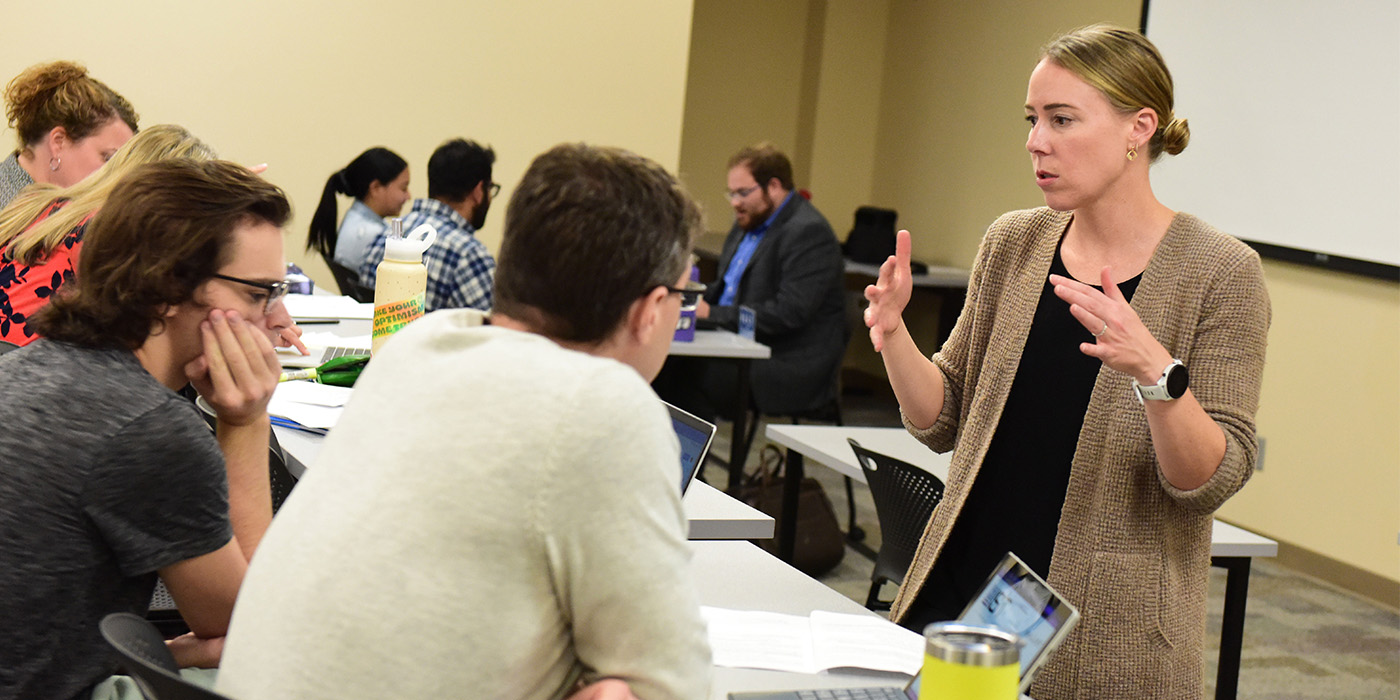In her article, "An Empirical Study: Willful Infringement and Enhanced Damages in Patent Law After Halo," Professor and Associate Dean for Faculty Karen Sandrik analyzes her novel data set of willful patent infringement and enhanced damages decisions that reached final resolution from 2010 to 2020. Her analysis reveals three key impacts of the 2016 U.S. Supreme Court opinion, Halo Electronics v. Pulse Electronics.
- Willfulness findings have increased by 27.8%;
- Enhanced damages findings have increased by 8.7%; and
- Judges are significantly more likely to find willfulness (representing an 18.6% increase in willfulness findings).
Yet, despite the increased findings of willfulness and enhanced damages post-Halo, Sandrik explains that "companies do not need to tell their teams of engineers and scientists to 'ignore' or 'stay away' from patents for purposes of avoiding an enhanced damages award."
Guided by the decisions in her data set, Sandrik argues that "district courts are increasingly persuaded by defendants' respective patent positive-work environments." She concludes her article by identifying what a patent positive-work environment looks like and how patent policies and procedures should be re-drafted in light of district courts' responses to Halo.




